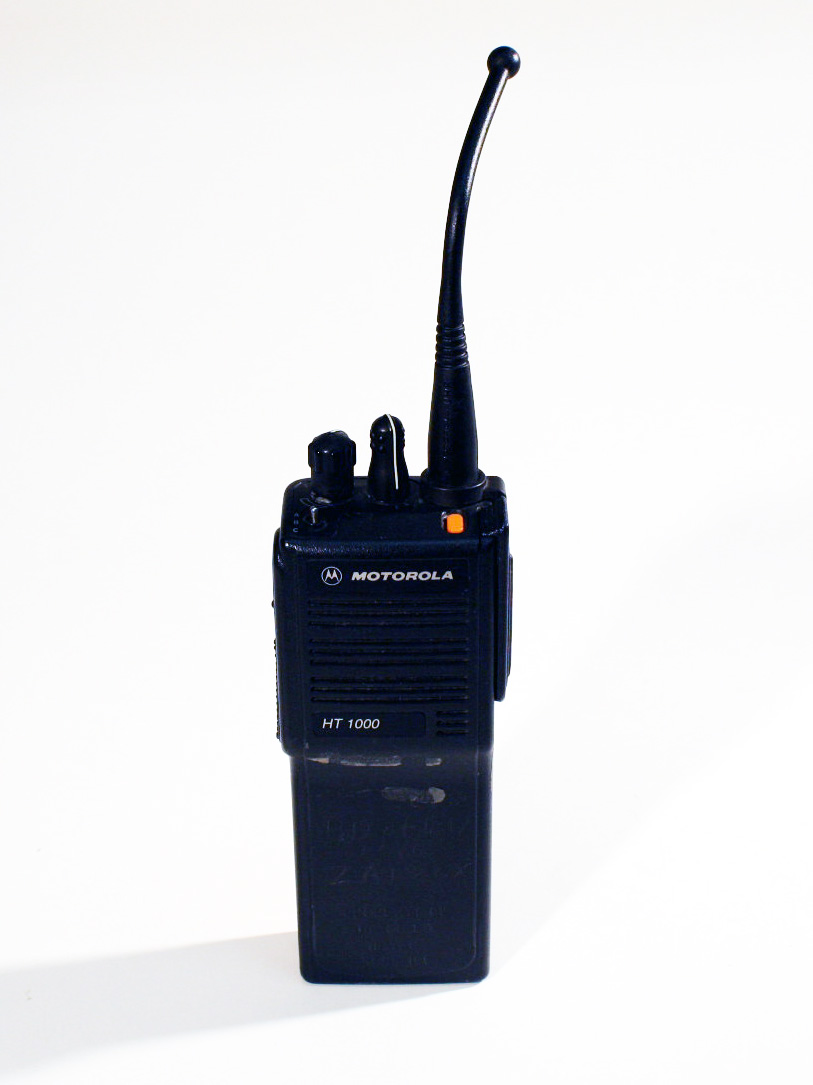Every September, Wendy Wakeford organized a family apple picking-trip to celebrate her belated birthday, August 6, and the September birthday of her sister Ada Rosario Dolch. Today, a white rose left in Wakeford’s name on the 9/11 Memorial commemorates Wakeford's birthday. The 9/11 Memorial Museum also houses an artifact that tells the story of her sister, Dolch, and her bravery on September 11, 2001.
Dolch, principal of Leadership and Public Service High School, was in the lobby of the school, located three blocks south of the World Trade Center, greeting students when the lights went out and she heard an explosion. At that moment, 8:46 a.m., a student informed Dolch that a plane had crashed into the North Tower. Realizing her sister was at work on the 105th floor of that tower, Dolch prayed “God, please take care of Wendy. I have to take care of the kids in my school.”
 Students and staff witnessed the disaster unfold from the north windows of the school. Once the South Tower was hit, Dolch initiated the school’s emergency plan. She recalls thinking, ‘I’m not dying in this building.’
Students and staff witnessed the disaster unfold from the north windows of the school. Once the South Tower was hit, Dolch initiated the school’s emergency plan. She recalls thinking, ‘I’m not dying in this building.’
Relying heavily on her handheld radio to conduct the evacuation, Dolch directed her students and staff to safety in Battery Park. After being caught in the dust cloud when the South Tower collapsed, the students safely escaped the island via ferries to Staten Island and New Jersey.
Dolch walked home over the Brooklyn Bridge. She learned later that Wendy was killed when the North Tower fell at 10:28 a.m.
In 2011, when she donated her radio to the 9/11 Memorial Museum, Dolch told curators, “That walkie talkie was so critical. It was the instrument I would use to speak to my assistant principals, to the deans and also to communicate with school safety, who communicated with the police.”
Now retired, Dolch is committed to spreading the message of love and hope. She helped establish a school in Afghanistan, which opened in 2005, in memory of her sister.
By Jenny Pachucki, 9/11 Memorial Content Strategist